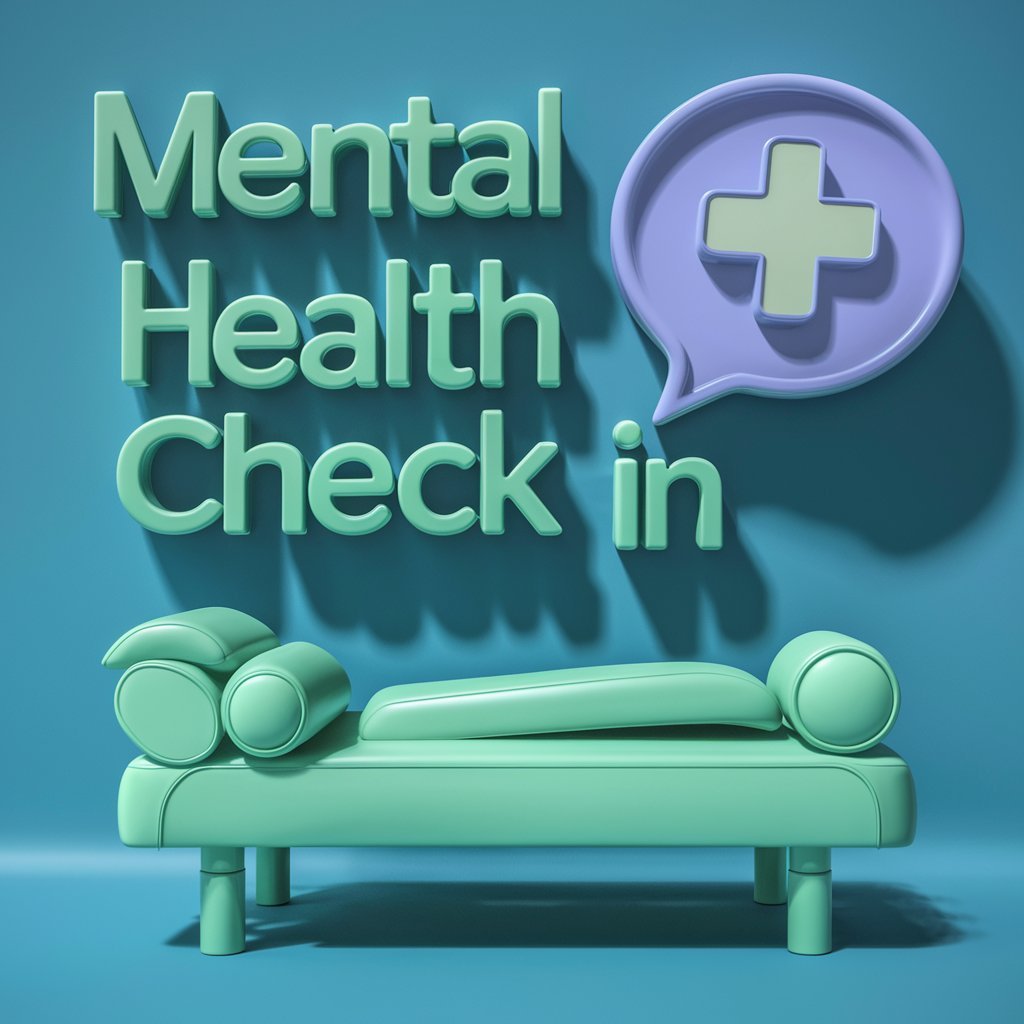Post-Traumatic Stress Disorder (PTSD) is a serious mental health condition that can affect individuals who have experienced or witnessed traumatic events. In the military, service members are often exposed to high-stress and traumatic situations, making them more vulnerable to developing PTSD. This article explores the prevalence of PTSD in the military, the challenges faced by service members, and ways to address this mental health crisis.
Prevalence of PTSD in the Military
Studies have shown that PTSD is a common mental health issue among military personnel. According to the U.S. Department of Veterans Affairs, around 11-20% of veterans who served in Operations Iraqi Freedom and Enduring Freedom have PTSD in a given year. The exposure to combat, violence, and loss during military service can trigger symptoms of PTSD, such as flashbacks, nightmares, and hypervigilance.
Challenges Faced by Service Members
Service members who experience PTSD may face a range of challenges, including difficulties in adjusting to civilian life, strained relationships with family and friends, and a higher risk of substance abuse and suicidal thoughts. The stigma surrounding mental health issues in the military can also prevent service members from seeking help and accessing the support they need.
Addressing the Mental Health Crisis
It is crucial for military organizations to prioritize the mental health and well-being of their service members. Providing access to mental health resources, such as counseling, therapy, and support groups, can help individuals cope with the symptoms of PTSD and develop healthy coping mechanisms. Additionally, raising awareness about PTSD and reducing the stigma associated with mental health can encourage service members to seek help and support each other.
Conclusion
PTSD is a significant mental health issue in the military, affecting a considerable number of service members. By acknowledging the prevalence of PTSD, addressing the challenges faced by service members, and promoting mental health awareness, military organizations can better support the mental well-being of their personnel. It is essential to prioritize mental health resources and destigmatize mental health discussions to create a culture of support and resilience within the military.
FAQs
Q: What are the symptoms of PTSD?
A: Symptoms of PTSD can include flashbacks, nightmares, hypervigilance, avoidance of reminders of the traumatic event, negative changes in mood and thoughts, and changes in emotional reactions.
Q: How can service members access mental health resources for PTSD?
A: Service members can access mental health resources for PTSD through military clinics, counseling services, support groups, and telehealth options. It is crucial for service members to reach out for help and support when experiencing symptoms of PTSD.





